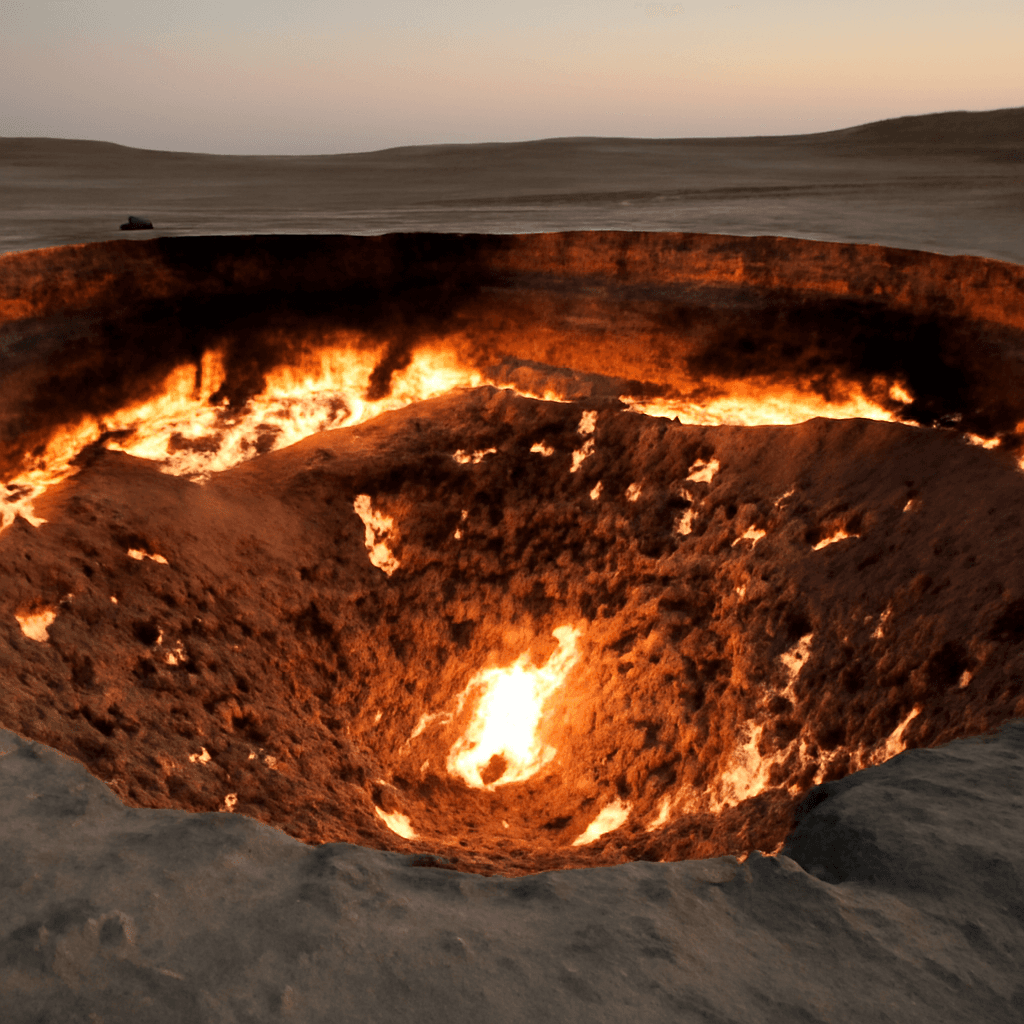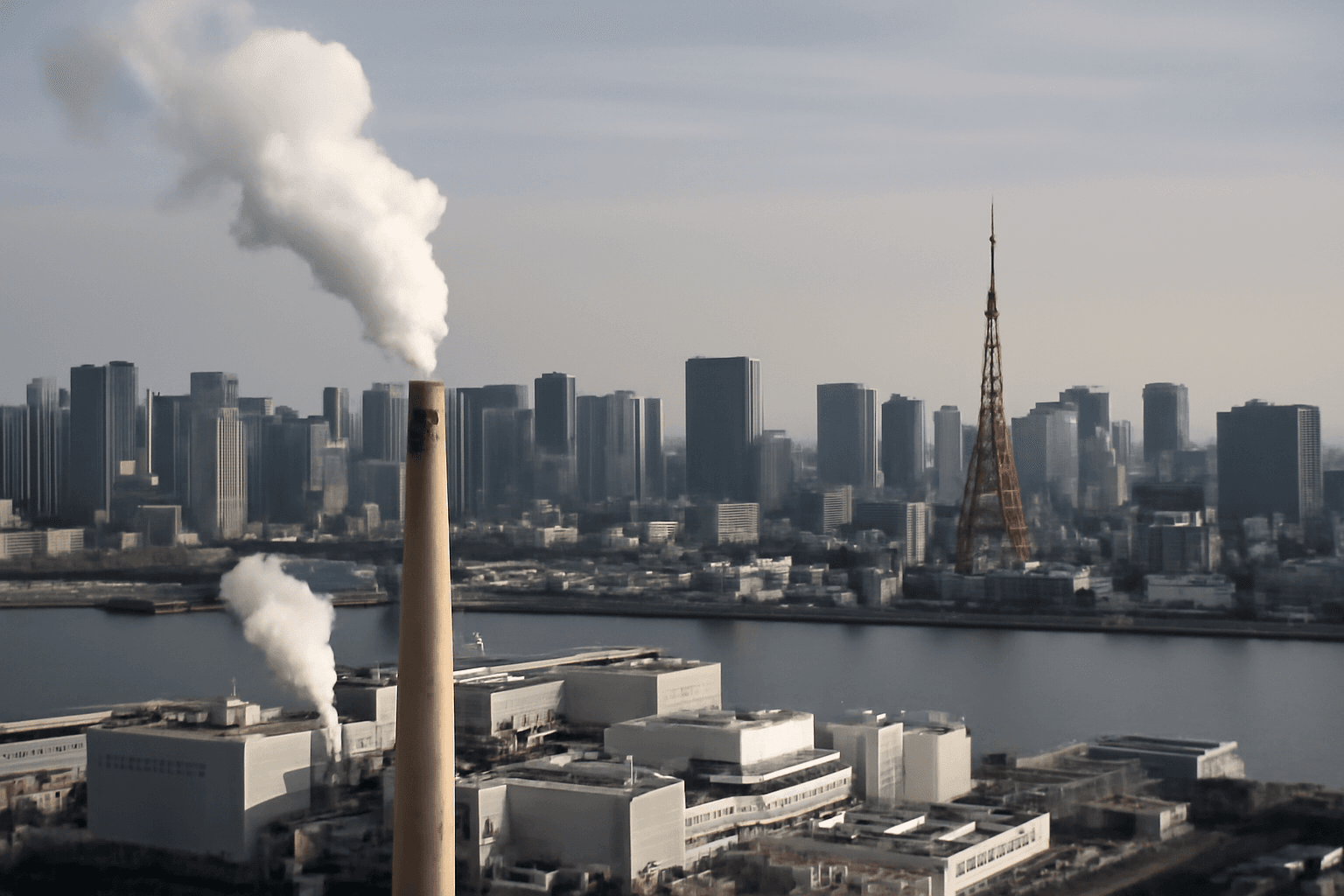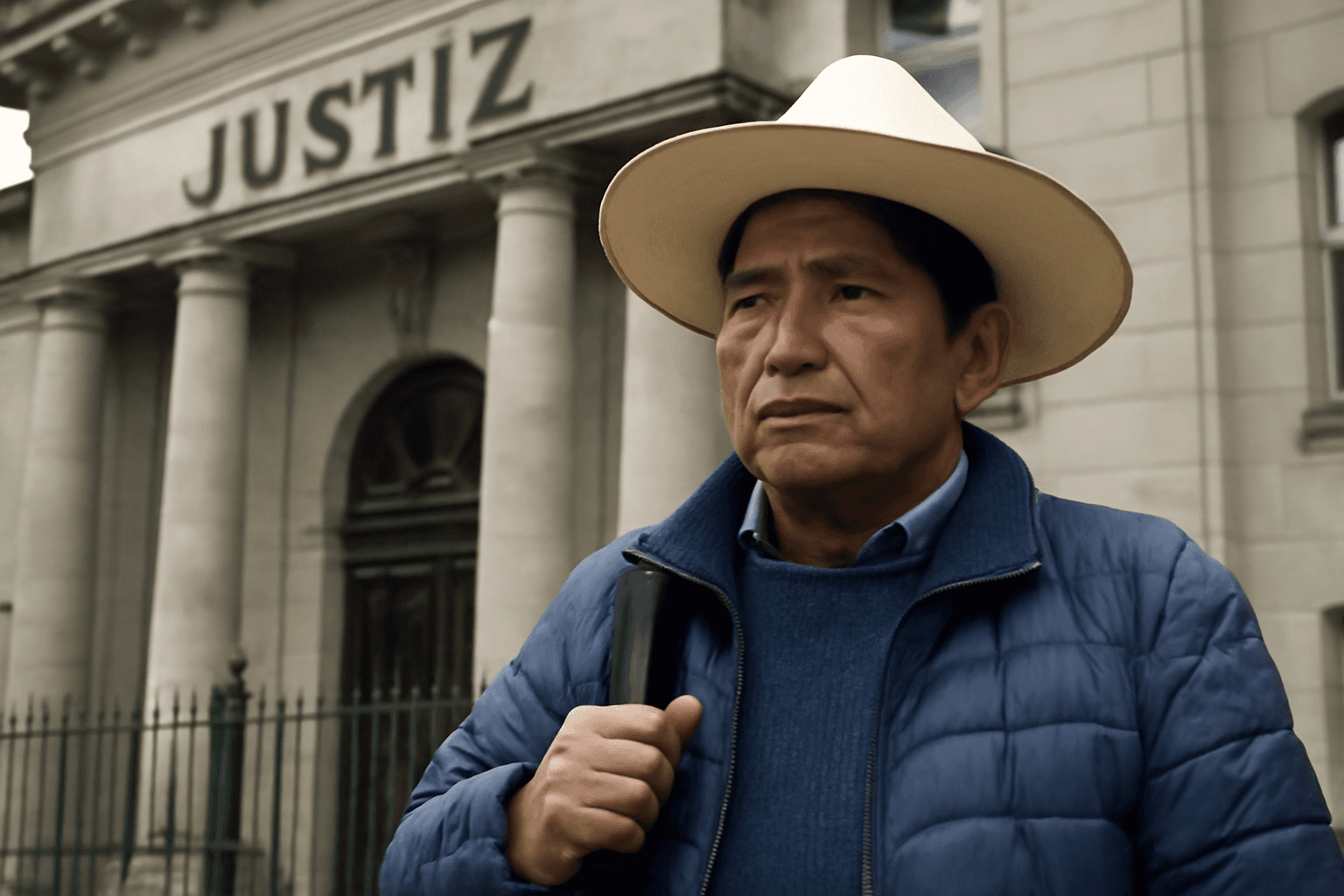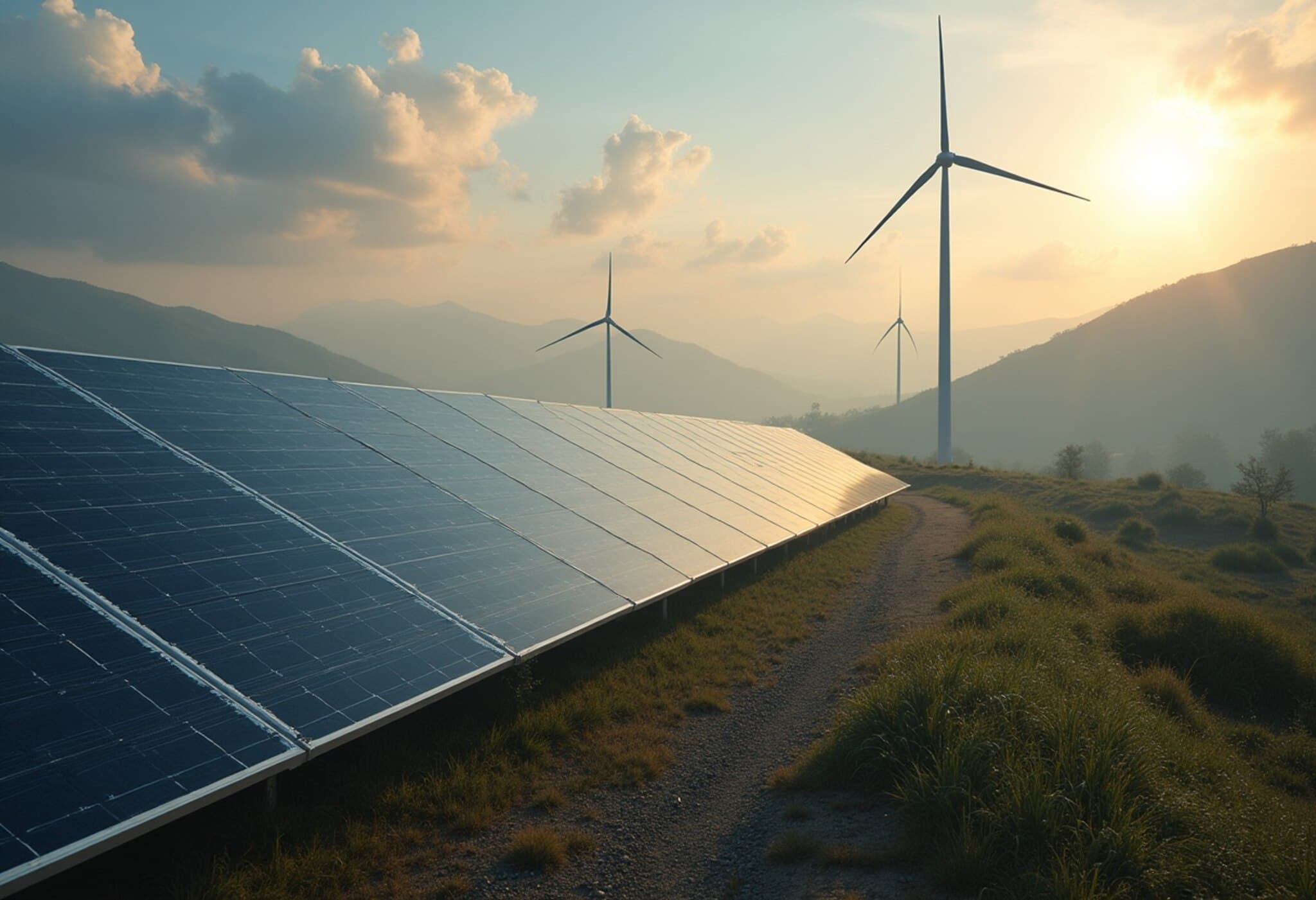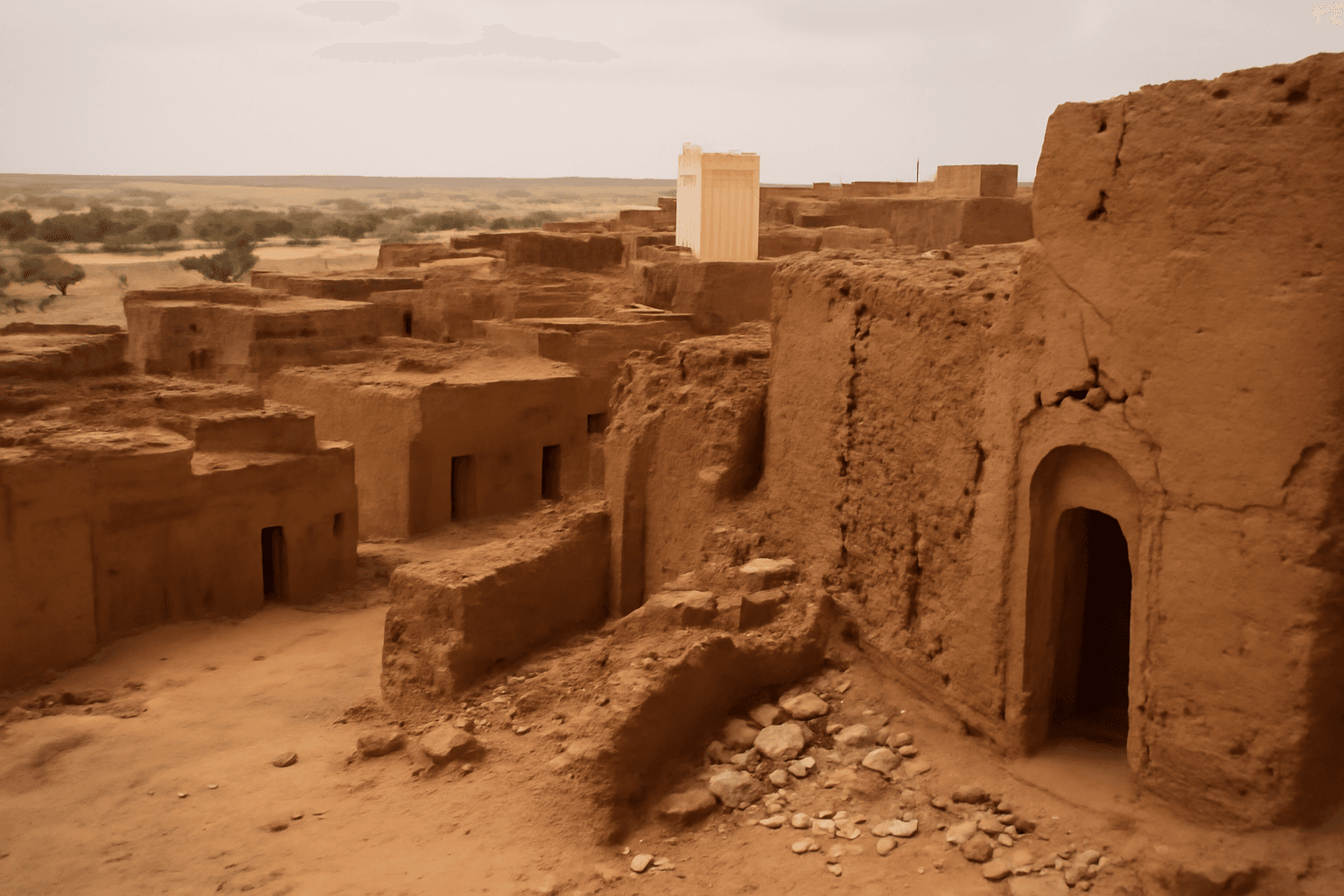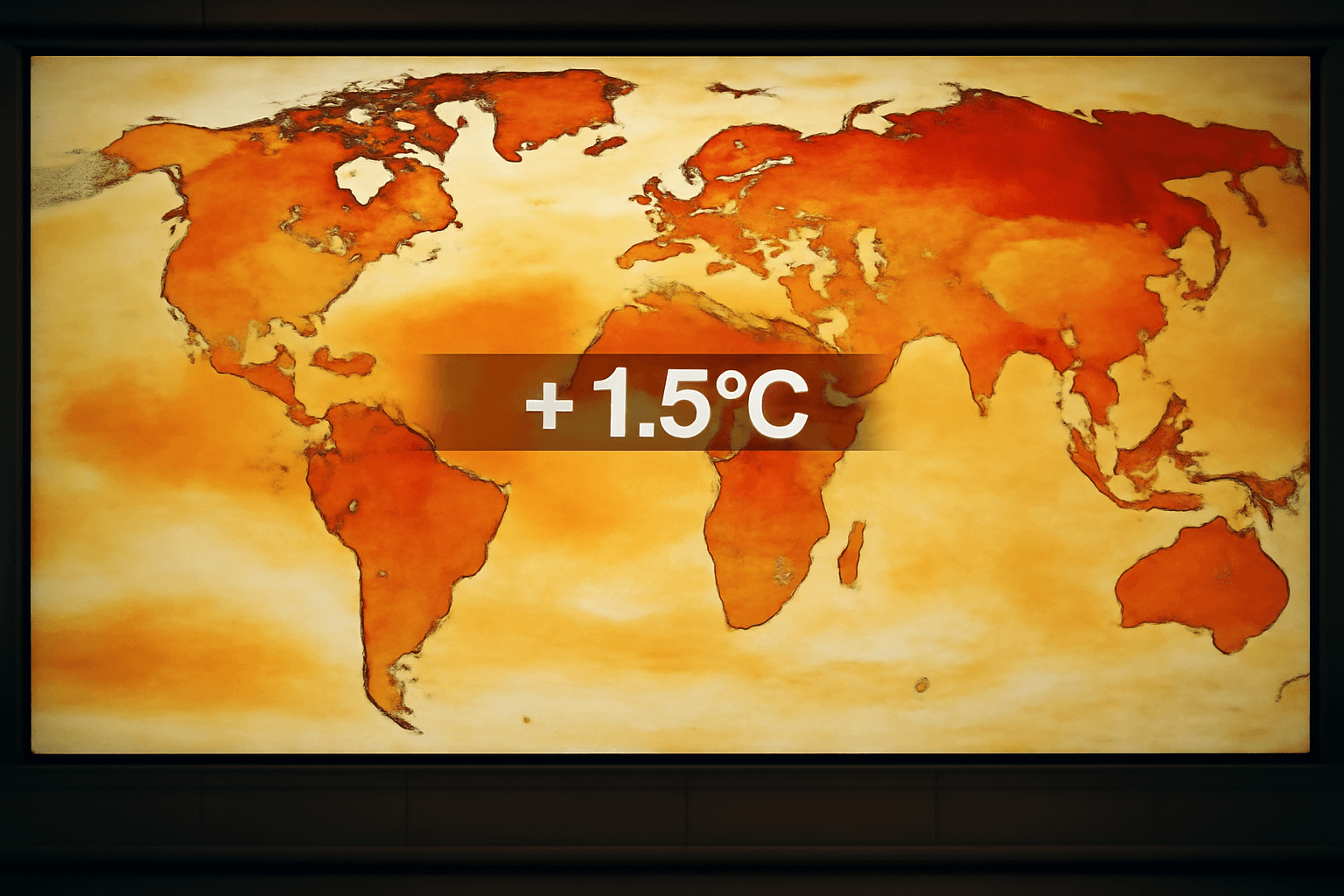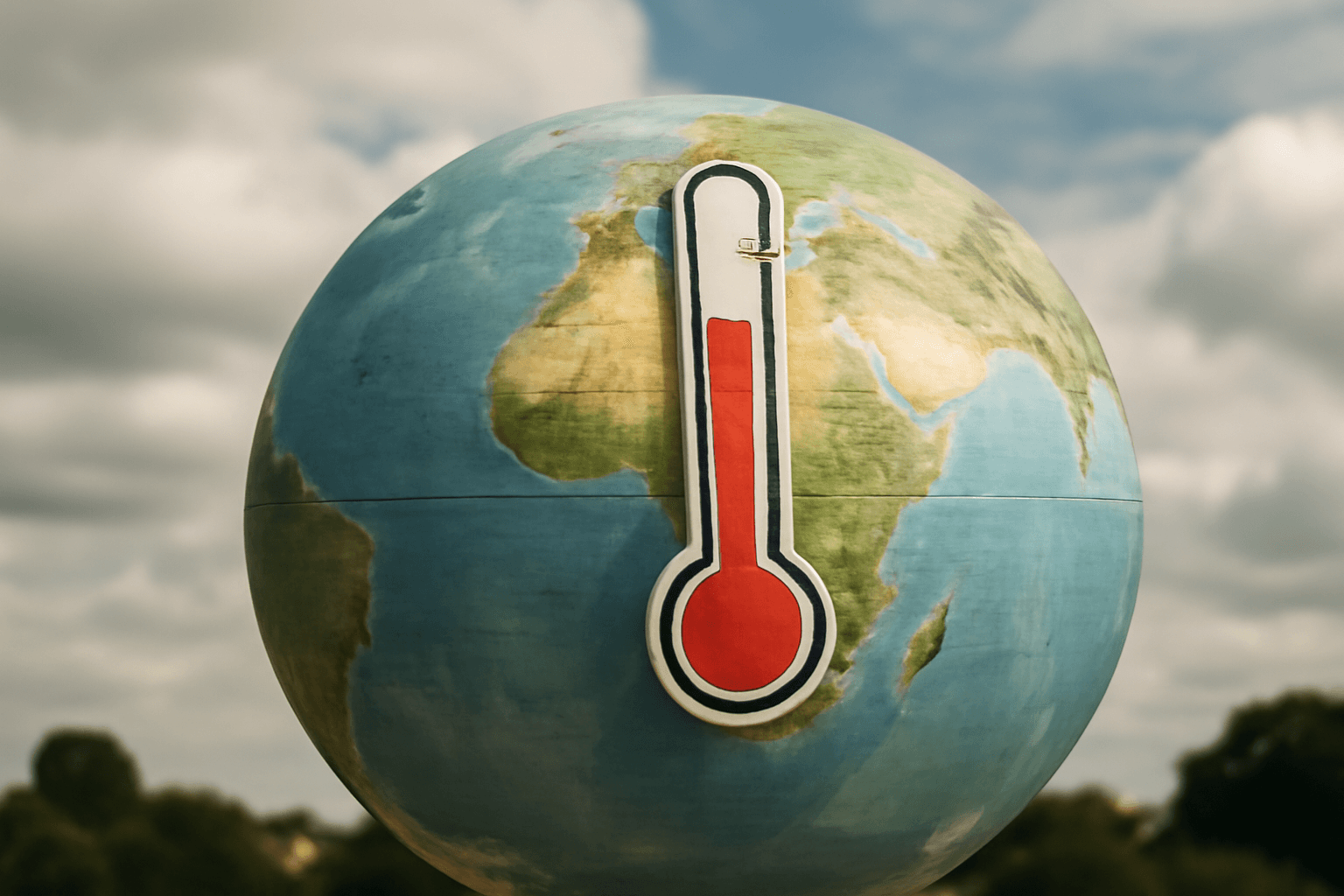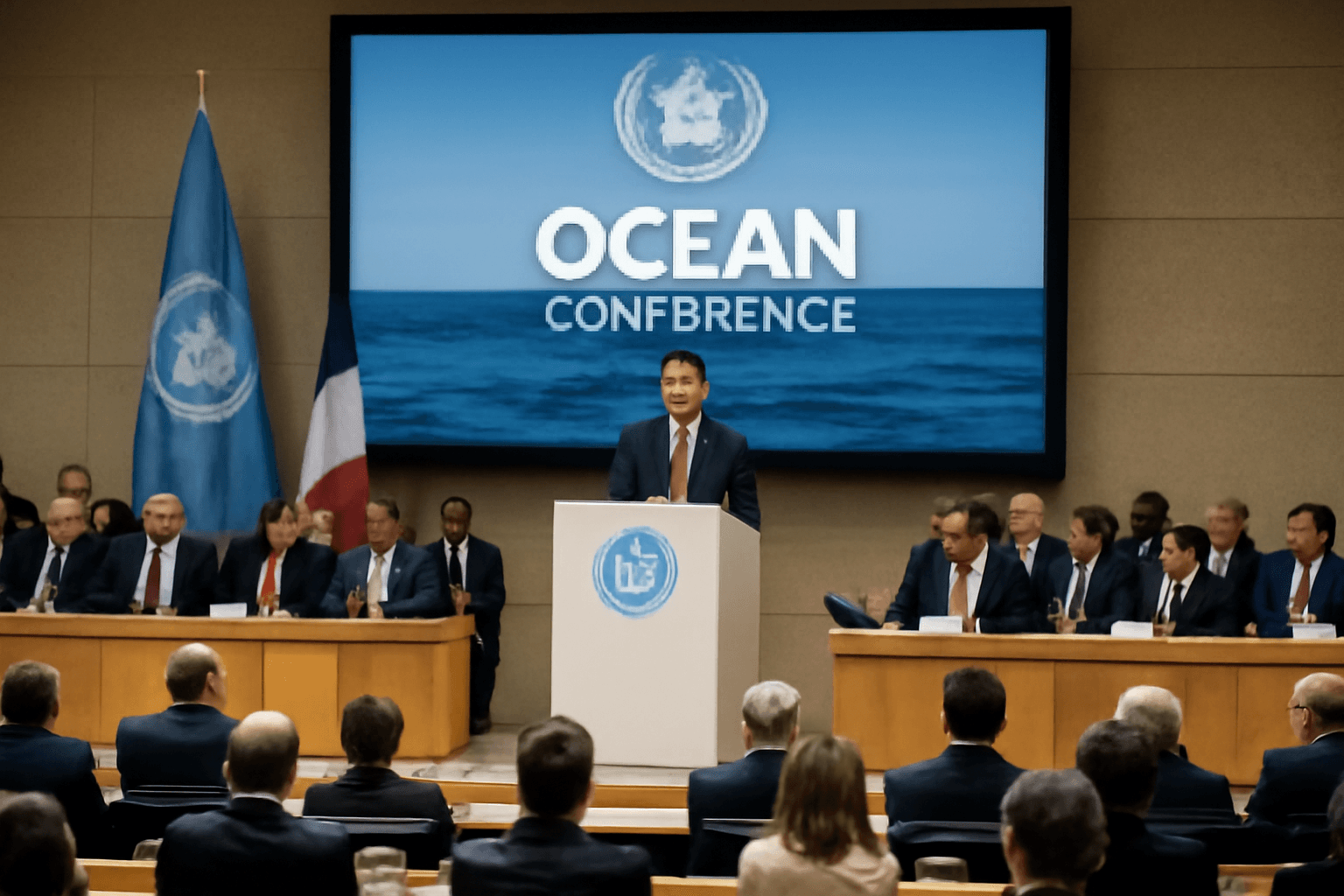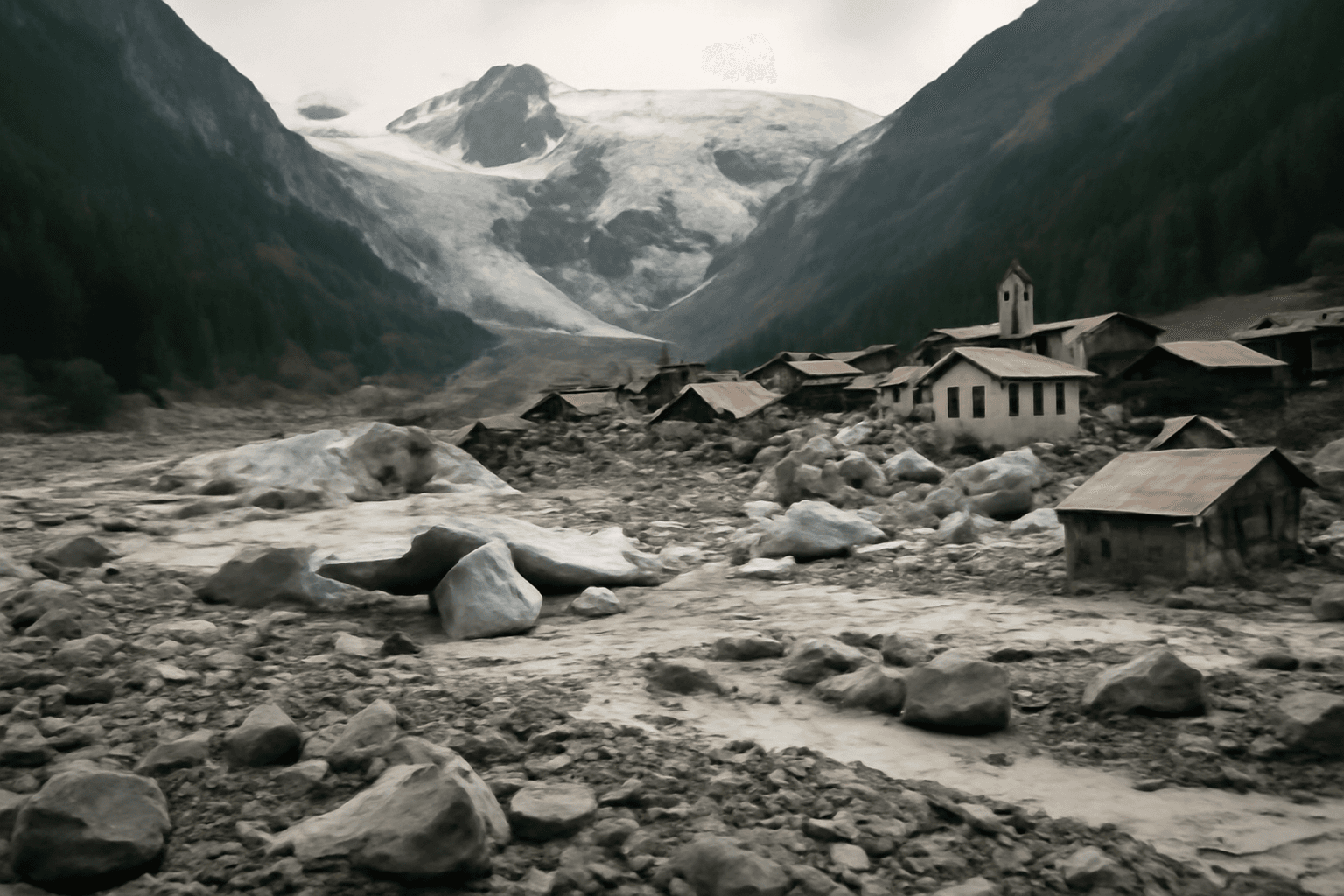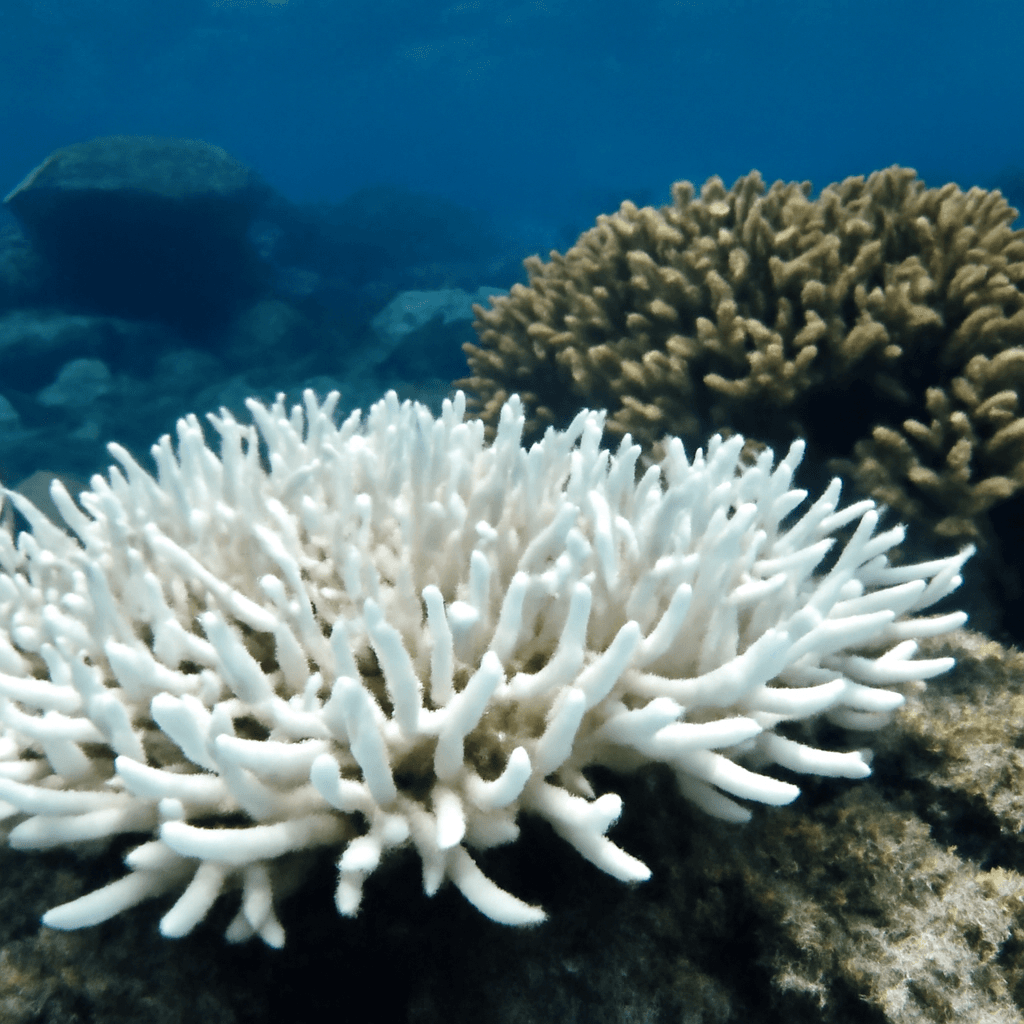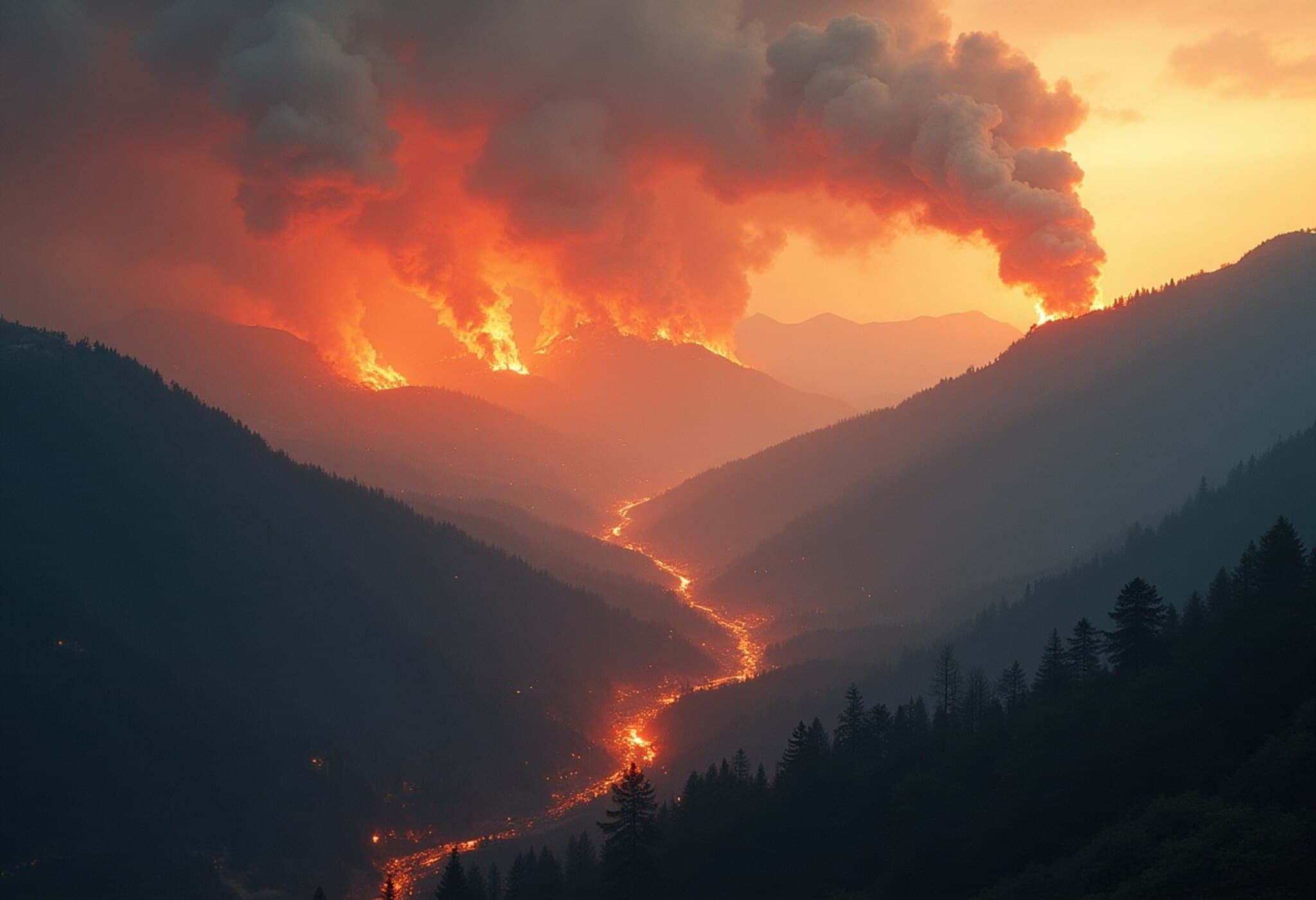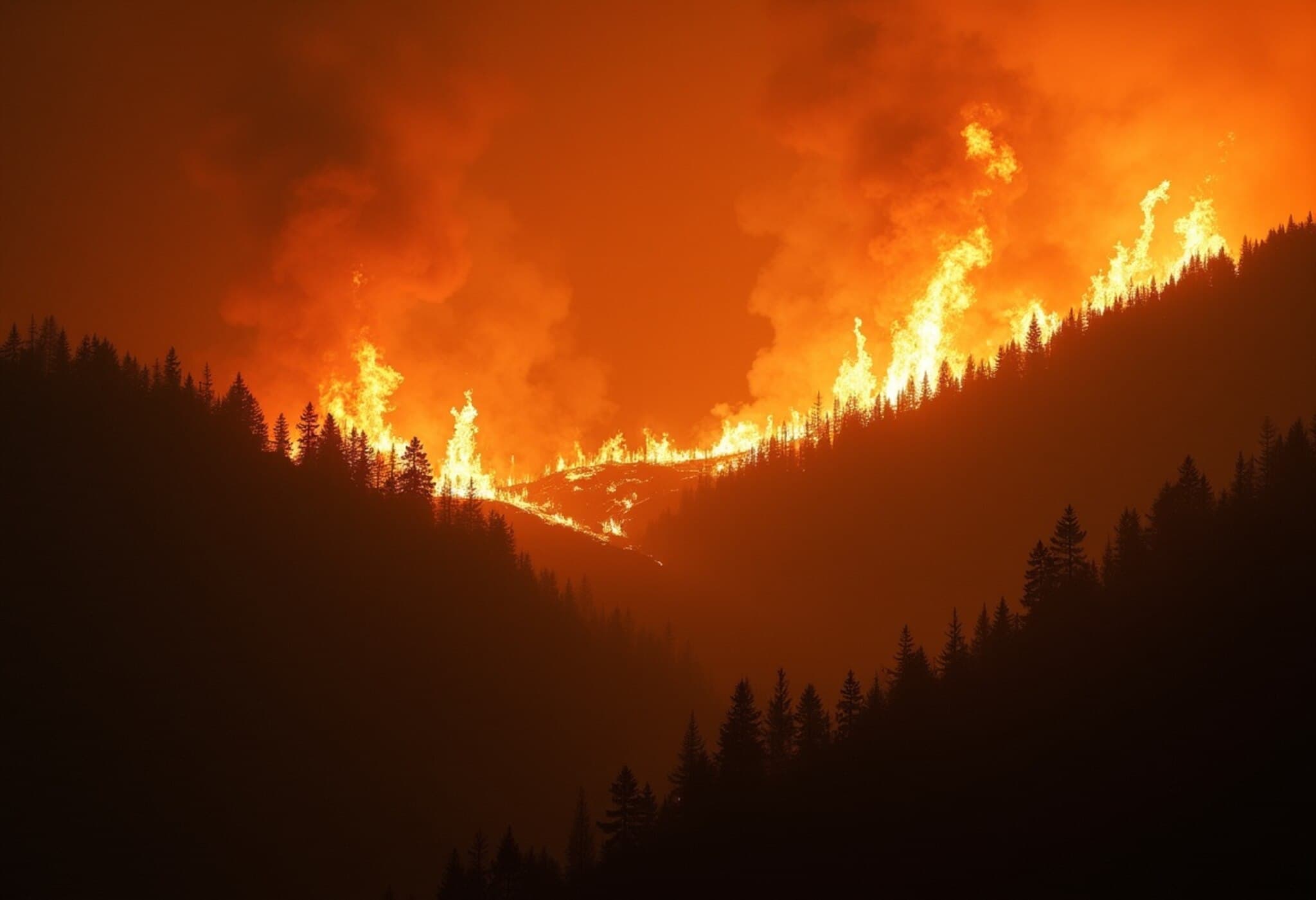The 'Gateway to Hell': A Five-Decade-Long Blaze
For over half a century, a persistent fire known as the 'Gateway to Hell' has been burning in Turkmenistan's vast Karakum Desert. This continuing blaze originated in 1971 when Soviet engineers conducting exploratory operations drilled into an underground gas reservoir, igniting a massive natural gas crater that has since become one of the world's most enduring man-made fires.
Origins and Environmental Impact
During the Soviet era, scientists aimed to address a critical methane leak problem by burning off the gas, assuming this would safely eliminate the hazard. However, the resulting fire has raged uninterrupted for more than 50 years, producing significant emissions of methane—a potent greenhouse gas contributing to global warming.
While the site has attracted tourists intrigued by its fiery spectacle and contributed to local awareness, it has simultaneously caused substantial environmental damage. Instead of mitigating methane release, the crater has been a continuous source of methane emissions, exacerbating climate concerns.
Recent Developments in Fire Control
This week, Turkmenistan's government announced a significant reduction in the fire's intensity. Officials reported that the flame has been lowered approximately threefold, marking a notable step toward controlling the long-standing blaze. Specific timeframes for this reduction were not disclosed.
Irina Luryeva, director at the state-owned energy company Turkmengaz, stated that the once enormous glow visible kilometers away has diminished to a faint combustion source. She highlighted efforts including the drilling of multiple surrounding wells designed to capture and contain methane emissions effectively.
Context: Turkmenistan’s Gas Reserves and Emissions Profile
Turkmenistan, one of the world's most secretive nations, possesses an estimated fourth-largest natural gas reserve globally. Despite this, it is reported to be the world's largest methane emitter due to uncontained gas leaks. These claims, although contested by Turkmen authorities, emphasize the environmental challenges the country faces regarding fossil fuel management.
Studies estimate that methane leaks from Turkmenistan's principal gas fields contribute more annually to global warming than the entire carbon dioxide emissions of the United Kingdom, highlighting the urgency of mitigation strategies like those recently adopted.
Looking Ahead
While the partial taming of the 'Gateway to Hell' fire is a promising development, continued monitoring and sustainable gas management are crucial. The recent measures, including methane capture wells and combustion reduction efforts, represent vital steps toward balancing energy extraction with environmental responsibility.

